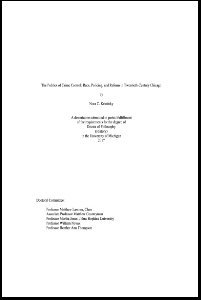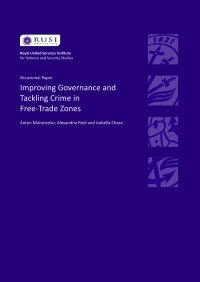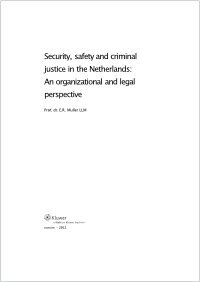Edited by Ron Iphofen and Dónal O’Mathúna
The ebook edition of this title is Open Access and freely available to read online. The EU-funded PRO-RES Project aimed to produce a guidance framework that helps to deliver Responsible Research and Innovation (RRI). PRO-RES is a Horizon 2020 project coordinated by the European Science Foundation (ESF), involving 14 different partners across Europe. As one of a series of open access products of the Project, Ethical Issues in Covert, Security and Surveillance Research will be placed in the hands of policymakers and their advisors to offer practical and efficient ways to respond to the issues addressed. Understanding that the problem of covert research and surveillance research for security purposes have proven highly challenging for all research ethics appraisal services, the chapters here are valuable resources for expert reviewers, helping further the discussion of these complex ethical issues, and raising the standards applied to the process. Delivering an applied approach, and influencing where it counts, this volume showcases that it is only when the integrity of research is carefully pursued can users of the evidence produced be assured of its value and its ethical credentials.
Bingley, UK: Emerald Publishing, 2022. 241p.





















